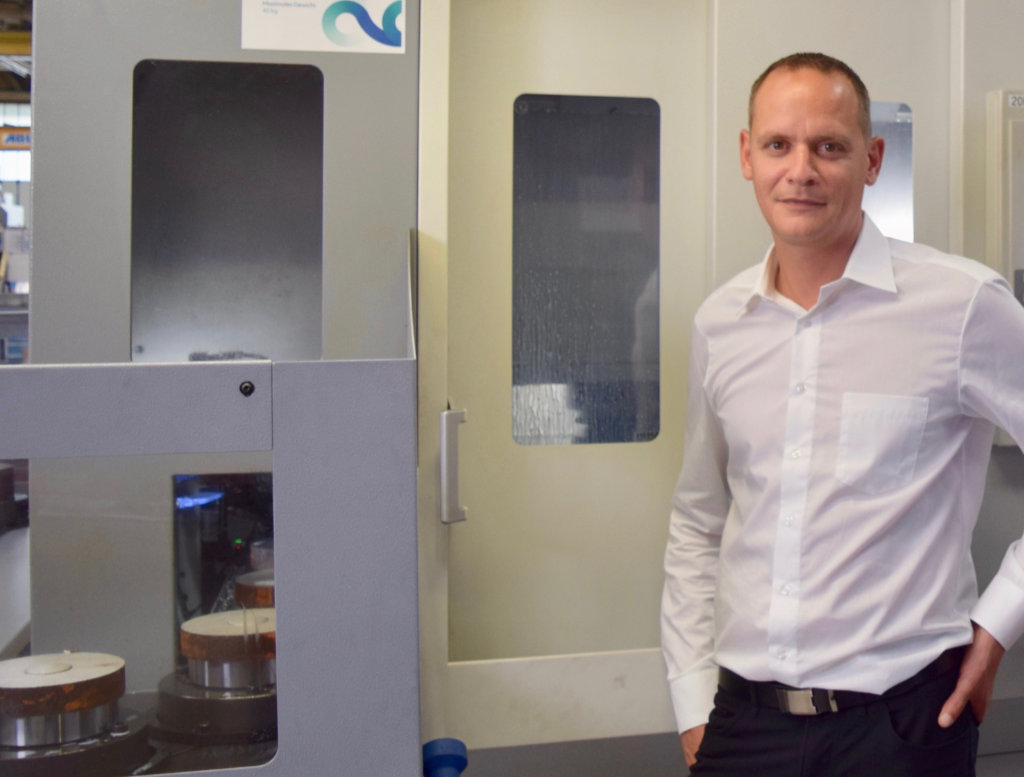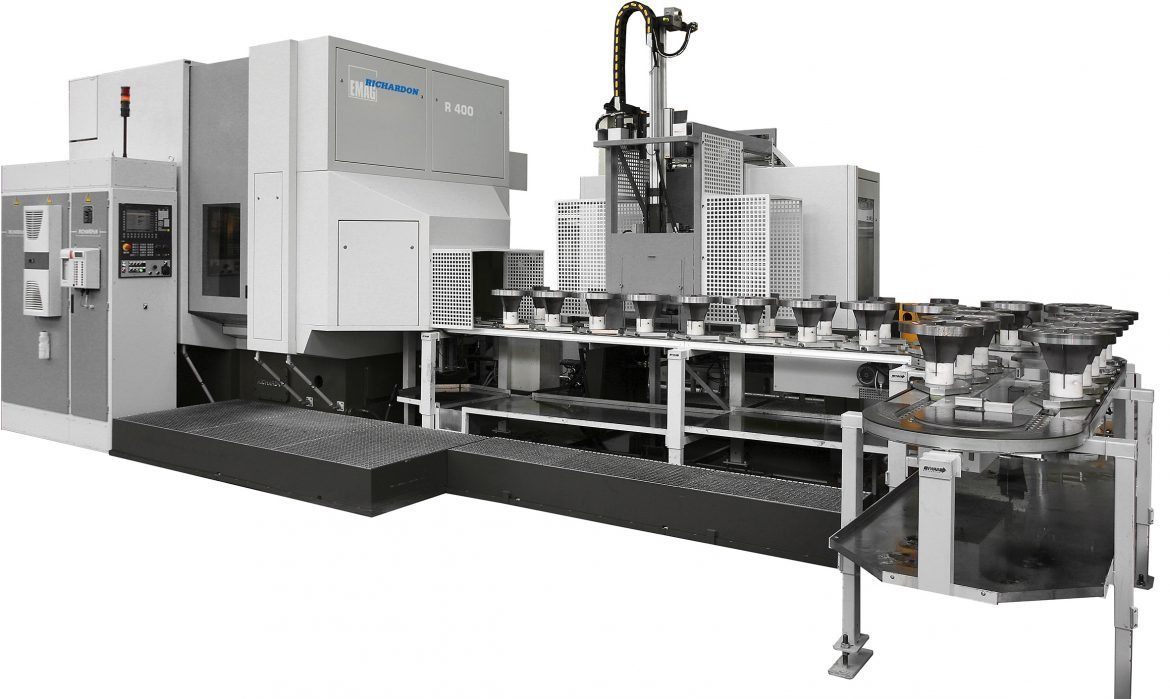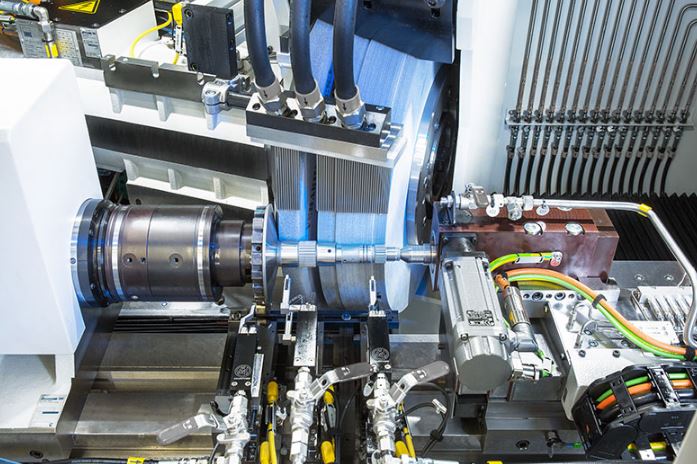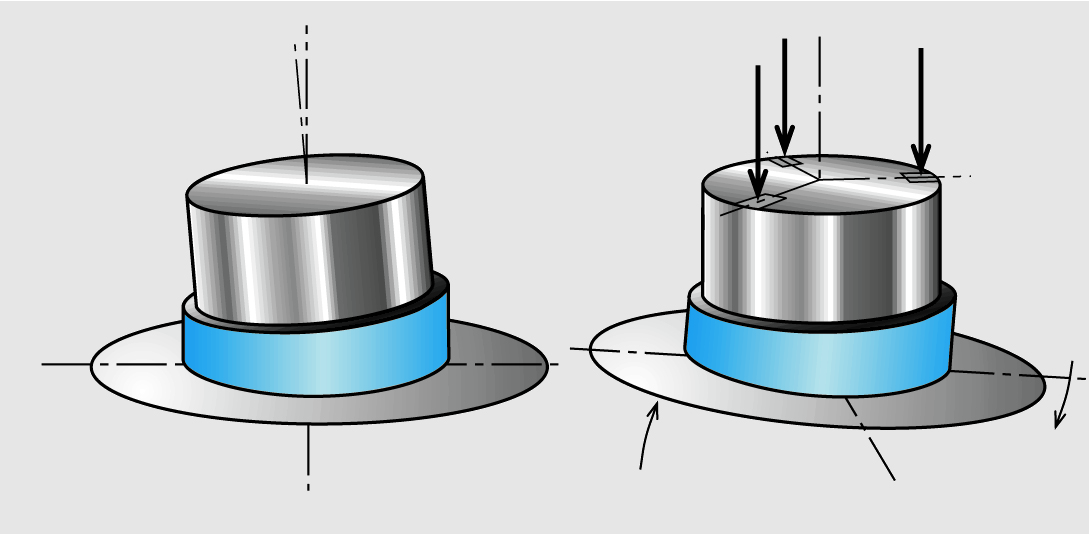The production of turbocharger components is one of the most challenging tasks in automotive engineering and EMAG has created a complete line solution that delivers both speed and precision.
Machines
How can commonly mass-produced transmission components, such as planetary gears be produced even more efficiently? The EMAG Group provides a customized answer to this question with the development of the twin-spindle pick-up turning center, VL 1 TWIN. It machines two identical components simultaneously in the same machining area. This technology opens up a wide range of possibilities: When two machines are combined in a line, the planetary gear can be machined from two sides—and all that is completed with shorter cycle times. What exactly does the line solution for planetary gears look like?
The HLC 150 H horizontal gear cutting machine by EMAG KOEPFER is the perfect complete solution for machining workpieces up to module 3 with a maximum length of 500 mm (20 in). It not only features all relevant gear cutting technologies such as gear hobbing, skiving, screw milling and worm skiving, it also includes press deburring and chamfering integrated into the machining area. As a result, an extremely wide range of workpieces can be finished without burrs – including gear and anchor shafts, steering pinions, planetary gears and worm gears.
Discussions at the EMAG Group’s 2019 Technology Forum
Part 1: How Machine Tool Builders, Big Data and Digital Twin Users Benefit
A guest presentation by Prof. Michael F. Zäh from the Technical University of Munich
Over the next few weeks, this four-part series will explore the contributions of the guest speakers we have presenting at the EMAG Group’s Technology Forum, which will be held on May 15 and 16 in Salach, Germany.
In this first edition, we’d like to introduce you to the contribution by Prof. Zäh from the Technical University of Munich. Prof. Zäh has held the Machine Tools and Manufacturing Technology chair at the Technical University of Munich since 2002.
EMAG employs more than 3,000 people worldwide. In addition to the modern production facilities in Jintan and Zerbst, the heart of our company resides at our German technology sites.
The Swiss company Humbel has been involved in gear production since 1928—specializing in particularly sophisticated types of gears and transmission components, eventually evolving into a full-service supplier. At their facility in Kradorf, approx. 20 kilometers (12 miles) from St. Gallen, they produce both individual parts as well as complete assemblies. The company recently expanded their machine inventory to include a VL 4 vertical turning center by EMAG. — We spoke with Alex Humbel, Managing Director of Humbel Zahnräder AG in Kradolf, on the challenges facing gear producers, the importance of E-mobility, as well as their company strategy.
In many ways, the production of large components presents a particular challenge in manufacturing. Used in commercial vehicles, large transmission, or wind power, these parts are large – making them difficult to handle and slowing down production speeds. Adding to the production challenge is the additional technological requirements being placed on the parts, as well as the demand for improved reliability and precision, with decreased costs per piece. All of which needs to be achieved while improving process speeds.
Cylindrical grinding on driveshafts and transmission shafts has always been particularly demanding, as the parts feature a wide range of geometric details that are machined with high precision in the grinding machine. With the rapid pace of technological development in the automotive industry, which keeps increasing the functional density of many components, there are more demands than ever on the design of grinding machines today. Users require highly customized machines that can perform multiple grinding operations, including combined internal and external grinding.
Maximum flexibility is required for gear production. EPS steering is a good example: Production planners for this application are looking for machines that can efficiently and completely cut an EPS steering gear including steering pinion, worm gears, and screws. The HLC 150 H horizontal gear cutting machine from EMAG KOEPFER is the perfect solution for this.
The EMAG Inverted Spindle Pick-Up Lathe process provides for a significant improvement in accuracy versus that of a sub-spindle lathe.
Lathes with sub-spindles pass a part from one rigid work holding system to another. This does not allow for any misalignment of the two spindles. The first spindle cannot release a part until the second spindle has a secure grip on it. Allowing for mismatches on a split turned dimension such as a bore. The accuracy and quality of the workpieces that are produced from this system are compromised because of this process.




